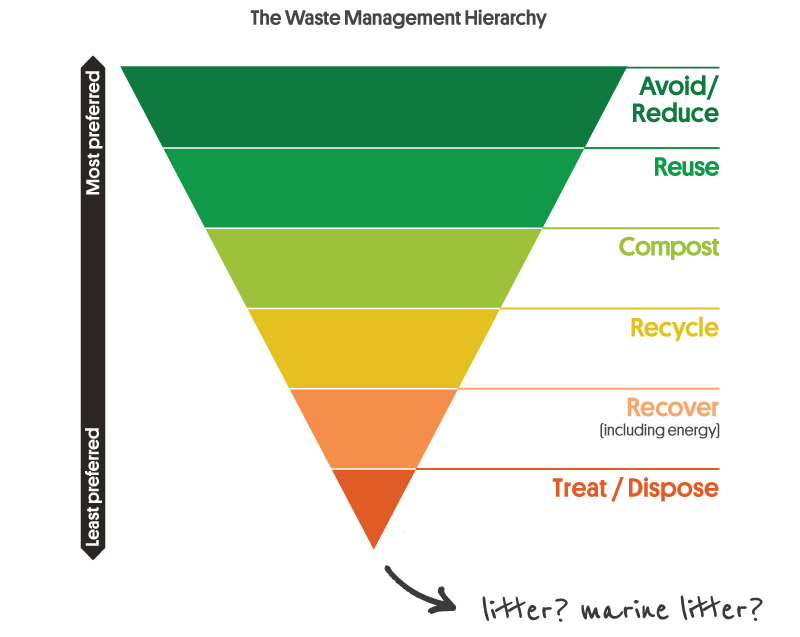BETTER PRACTICE IS THE MAIN EVENT
South Australia’s events and festivals provide an opportunity not only to celebrate our vibrancy as a community and showcase our creative and cultural talents, but also to demonstrate our environmental credentials.
This section provides guidelines and a toolkit to support event coordinators and venue managers, as well as landowners and councils involved in coordinating or issuing approvals for events.
Our aim is ‘better practice’, which underpins continual improvement of waste and recycling management at events. It responds to changing community and customer expectations, standards, available services, regulations and technology.
Better practice also considers that each event may have different needs and improvement options.
Whether the event is small or large, permanent or transient in nature, based regionally or within the metropolitan area, the principles of event waste avoidance, reuse and recycling remain the same.
Importantly, the industry has demonstrated innovation in delivery and the ability to develop key new ways to engage and connect with audiences.
This guide outlines the key measures events and venues can implement to minimise waste. Practical tools are provided, including bin signage, a bin estimation calculator, a recycling performance calculator, staff education posters, checklists and templates.
Larger permanent venues, including sporting stadiums, can apply the principles but may wish to seek further advice.
What is possible?
The following estimated performance metrics, comparing a better-practice event with a typical event, are based on analysis of a dataset of a sample of events held within Australia.
Estimated diversions* performance metrics% | Better-practice events | Typical events |
| Total landfill diversion ratio** | 98% | 58% |
| Recycling diversion rate*** (comprising material diverted for recycling or composting) | 86% | 43% |
* Diversion refers to material that would have otherwise been disposed of as waste to landfill but has instead been recovered for beneficial use or recycled in accordance with the waste management hierarchy. ** Total landfill diversion refers to all material diverted from landfill, including material recovered for energy from waste. *** Recycling diversion comprises material diverted for recycling (including composting) or reuse only (and does not include material diverted for energy from waste). | ||
Key Principles
Working with the waste management hierarchy
The waste management hierarchy is recognised internationally as an aspirational framework for sustainability.
Its principles have been adapted for this guide to account for differences in the context of an event setting in South Australia.

Successful waste management
The following overarching principles for waste management at events are guided by the International Organisation for Standardisation, ISO 20121.
A successful and engaged event:
- integrates principles of the circular economy and the event waste management hierarchy at all levels
- recognises the expectations of the public in terms of minimising impacts on the environment and access to waste management systems
- incorporates systems and practices defined as better practice in its initiatives, waste systems, procurement, support and reporting
- is fit for purpose, in that the complexity of the systems adopted are proportional to the intended size and scope of the event
- allocates adequate resources and infrastructure to waste management practices
- encourages continuous improvement at every level of event organisation.

Key steps to success
- Minimise waste
- Developing a waste management plan
- Getting the right infrastructure
- Contracting service providers
- Providing the right information
- Reporting and evaluating

